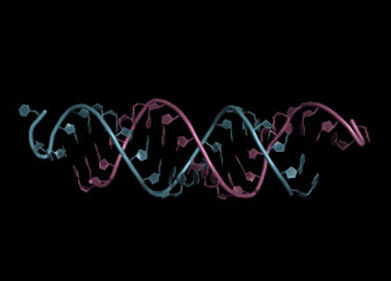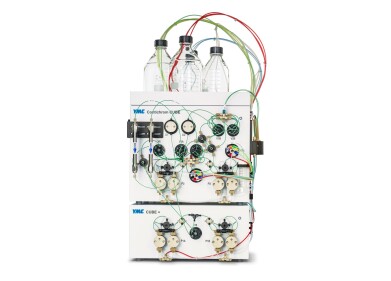Liquid Chromatography
Understanding Milk Allergies - Chromatography Can Help
Oct 03 2018
Giving babies the best start in life includes many different aspects – but, one of the most important is nutrition and what they eat. It is generally accepted that the best start a baby can have is from a mother’s breast milk. It is the perfect food and contains everything a young new-born baby needs to help grow and thrive.
But sometimes – for all manner of reasons – breastfeeding is not always possible. Then alternatives are needed, and one is using infant formula milk powders (IFMP). But, these powders could cause allergic responses in some children who suffer from cow’s milk allergy (CMA) in early childhood. A recent paper in the Journal of Pharmaceutical Analysis - Study on screening potential allergenic proteins from infant milk powders based on human mast cell membrane chromatography and histamine release assays – discusses how chromatography can help detect these allergens and help make IFMP a safer option.
Milk proteins – allergy triggers?
Cow’s milk allergy is probably the most common early childhood food allergy. It is thought that the allergy is due to ‘failed oral tolerance induction resulting from complex interactions of gut permeability, bacterial colonization, and timing of antigen exposure.’ Tolerance induction is the default immune pathway in our guts.
Cow’s milk is mainly composed of 80% caseins and 20% whey proteins. The main allergens in cow’s milk are said to be the caseins and some whey proteins. When an allergy is triggered, there are several different ways that the allergy can present itself. Minor reactions include skin reactions, with more severe reactions including gastrointestinal and respiratory reactions.
Cell membrane chromatography
The researchers used a process called cell membrane chromatography (CMC) to screen for allergenic proteins/ The researchers used human mast cells (HMC-1) as a stationary phase. Human mast cells are cells that react to antigens and release histamine in the presence of allergens.
The potential allergens in IFMP were screened through HMC-1/CMC – and then identified using mass spectrometry. When human breast milk was run through the HMC-1/CMC, there was nothing collected ion the column. The team also incubated the potential allergens with HMC-1 cells and analysed the amount of histamine released.
Is breast still the best?
The team also developed a reverse-phase liquid chromatography method to determine the proteins in IFMP. Developing new methods in HPLC is the topic of the article, Using Different HPLC Column Chemistries To Maximise Selectivity For Method Development.
The work indicates some of the differences between breast milk and cow’s milk. Chromatography was able to detect the potential allergens in cow’s milk and IFMP. The work also highlights the importance of breast feeding in nurturing and feeding our babies.
Digital Edition
Chromatography Today - Buyers' Guide 2022
October 2023
In This Edition Modern & Practical Applications - Accelerating ADC Development with Mass Spectrometry - Implementing High-Resolution Ion Mobility into Peptide Mapping Workflows Chromatogr...
View all digital editions
Events
Jan 20 2025 Amsterdam, Netherlands
Feb 03 2025 Dubai, UAE
Feb 05 2025 Guangzhou, China
Mar 01 2025 Boston, MA, USA
Mar 04 2025 Berlin, Germany












